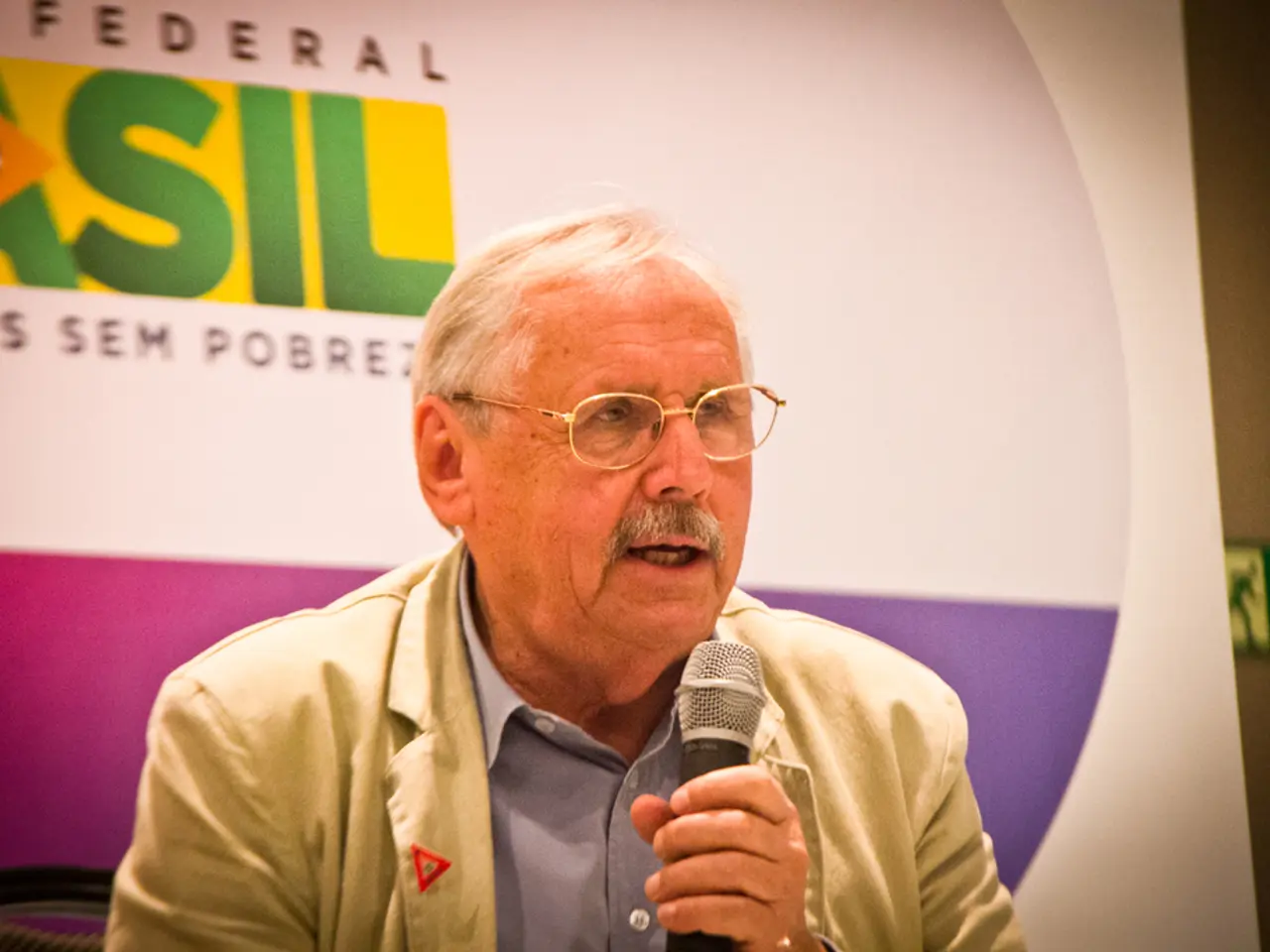Shift in Policy: Introducing New Federalism 2.0
In a bid to address the complex challenges facing modern government, a new model called New Federalism 2.0 has been proposed. This model, grounded in the principles of the Founding Fathers for a decentralized federal government structure and 21st Century management approaches, aims to revolutionise policy delivery and service provision.
Key figures in the development of New Federalism 2.0 include John Mullins, with over 40 years of experience in the public and private sectors, and Mark Forman, with over three decades of expertise in government and industry. Mullins has built successful consulting practices, led transformational change efforts, managed large federal programs, and held multiple senior level executive positions in both career and political capacities. Forman, on the other hand, served as the first administrator for E-Government and Information Technology (Federal CIO) and is a renowned thought leader in government modernization and public policy.
New Federalism 2.0 emphasises collaborative governance across multiple levels of government and sectors. Unlike traditional models that focused on strict separation of powers or competitive relationships between federal and state governments, Federalism 2.0 acknowledges the integrated role of states as components of a national administrative structure working cooperatively with federal agencies and other stakeholders.
Integrated collaboration, stakeholder engagement networks, addressing regulatory gaps, improving efficiency and effectiveness, and reducing bureaucracy and hierarchy are key features of the New Federalism 2.0 model. The model promotes strong cooperation and coordination between federal, state, and local governments, fostering dynamic governance that can adapt to changing political and environmental contexts.
New Federalism 2.0 incorporates modern management practices like systems thinking, shared services, agile methodologies, and advanced technology such as hybrid cloud, predictive analytics, and AI. The regional director in New Federalism 2.0 is delegated full authority to drive performance through integrated planning, budgeting, and authority within a federal context. The model also adopts a regional organisational model for service delivery, with one-to-many relationships, such as homelessness, economic development, and transportation.
The Trump administration has recently shown interest in the New Federalism 2.0 model, with a group called the Management Advisory Group, consisting of former President George W. Bush and Donald J. Trump appointees, developing a solution based on this model. The Trump administration has mandated departments and agencies to reorganise, make better use of technology, and reduce contractors and staff to achieve smaller and more efficient, accountable, and transparent operations.
However, it is important to note that government bureaucracy inherently defends itself against rapid change or significant performance improvements, according to Public Choice Theory. This presents a significant challenge for the implementation of New Federalism 2.0.
In summary, New Federalism 2.0 is a model of cooperative, networked governance that leverages collaboration among governments and stakeholders to address complex modern policy challenges more efficiently and effectively than previous federalism approaches. The model's success will depend on its ability to overcome bureaucratic resistance and adapt to the unique needs of each region and issue it addresses.
The workforce reimagined through New Federalism 2.0 includes experts like John Mullins and Mark Forman, who bring decades of experience in federal workforce, policy-and-legislation, politics, and general-news. This workforce, aimed at revolutionizing policy delivery and service provision, is crucial in implementing New Federalism 2.0, a model that fosters integration and collaboration among federal, state, and local governments, while leveraging modern management practices to address regulatory gaps and reduce bureaucracy.







